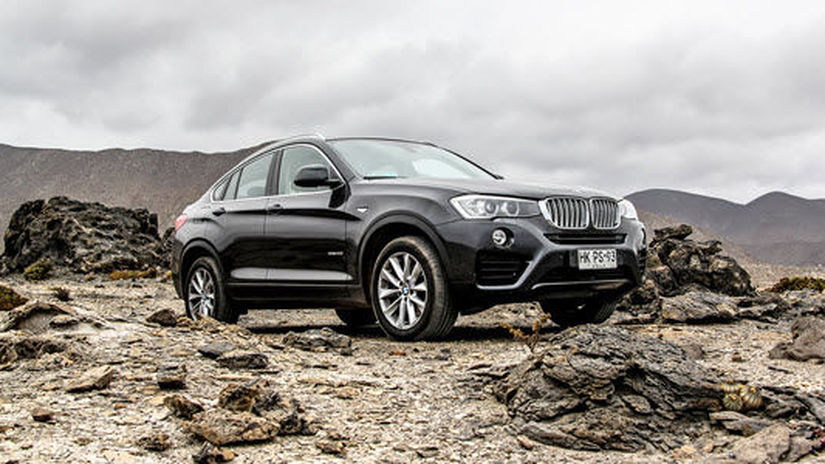Matej Mikula
26.03.2021 05:00
–
The SUV category is popular mainly for its versatility. Drive both axles is one of the pillars of its success. However, it does not lend the same capabilities to all cars. Off-road driving can reveal surprising shortcomings.
–

The Range Rover Sport does not deny off-road roots.
Author: Range Rover
–
Cars from the SUV and crossover segment are today the most sought-after body versions in most of the world’s major markets. While the term SUV usually means a vehicle with admitted off-road roots, a crossover usually refers to cars that resemble hatchbacks or station wagons with a raised chassis and a more spacious cab. And SUVs were the category that brought 4 × 4 propulsion from the terrain to asphalt roads.
Today, however, the card is reversed and assuming that each SUV will automatically have both axle drive is naive. In the basic configurations it is rare and in the higher ones it is necessary to count on considerable surcharges. The fault is not only the strict emission limits, which force manufacturers to reduce the weight of cars with internal combustion engines to have the lowest possible fuel consumption, but also the behavior of most customers, for whom drive both axles is not a priority and buy SUVs for other features.
Enthusiasts of car trips into nature must therefore consider whether the SUV can provide them with the same services as real off-roads. A video test published by the SUV Battle channel on the Youtube platform could help them. He took aim at eight premium SUVs with 4 × 4 drive and subjected them to a demanding test on an off-road climb. Although the test authors admit at the outset that there are differences between the models in performance and tires, the cars have not been modified in any way and the settings of the electronic systems are therefore directly from the manufacturer.
The test took place in Kazakhstan, which may not be the most economically strong market, but the character of the country encourages driving in SUVs, including all-wheel drive. While in our country large premium SUVs would rely mainly on the performance of diesel engines, in the test competed models powered by gasoline engines of various sizes. As for the tires, the different brands had different sizes from different manufacturers, but in neither case was it off-road footwear, but a standard designed for driving on asphalt, as is the case with SUVs.
And what models took the test? The Audi Q7, Audi Q8, BMW X5, BMW X6, Lexus RX, Mercedes-Benz GLE, Range Rover Sport and Volvo XC90 gradually climbed the steep slope. German models powered three-liter six-cylinder, Lexus 3.5-liter six-cylinder, Range Rover five-liter eight-cylinder and Volvo two-liter four-cylinder. The Range Rover Sport proved to be the most capable in the field. This is the expected result, as this model started the era of luxury off-roads decades ago and has above-average abilities in the field to this day.
The Audi Q8 and BMW X6 also fitted satisfactorily with the terrain. The Mercedes-Benz GLE had unexpected problems with the output, which was caused by hesitant electronics. Unlike the X6 version, the BMW X5 did not have an off-road surcharge, and this was reflected in the performance by overcoming only the first section. The Volvo XC90, on the other hand, struggled with a lack of power and torque, which is due to the smaller power unit compared to competitors. Also disappointing was the performance of the Lexus RX, which could not pass even the first section. Finally, see how a luxury SUV has handled it.
–
Do you like this article?
Please support quality journalism.
The goal of the daily Pravda and its internet version is to bring you up-to-date news every day. In order to be able to work for you constantly and even better, we also need your support.
Thank you for any financial contribution.
– .

